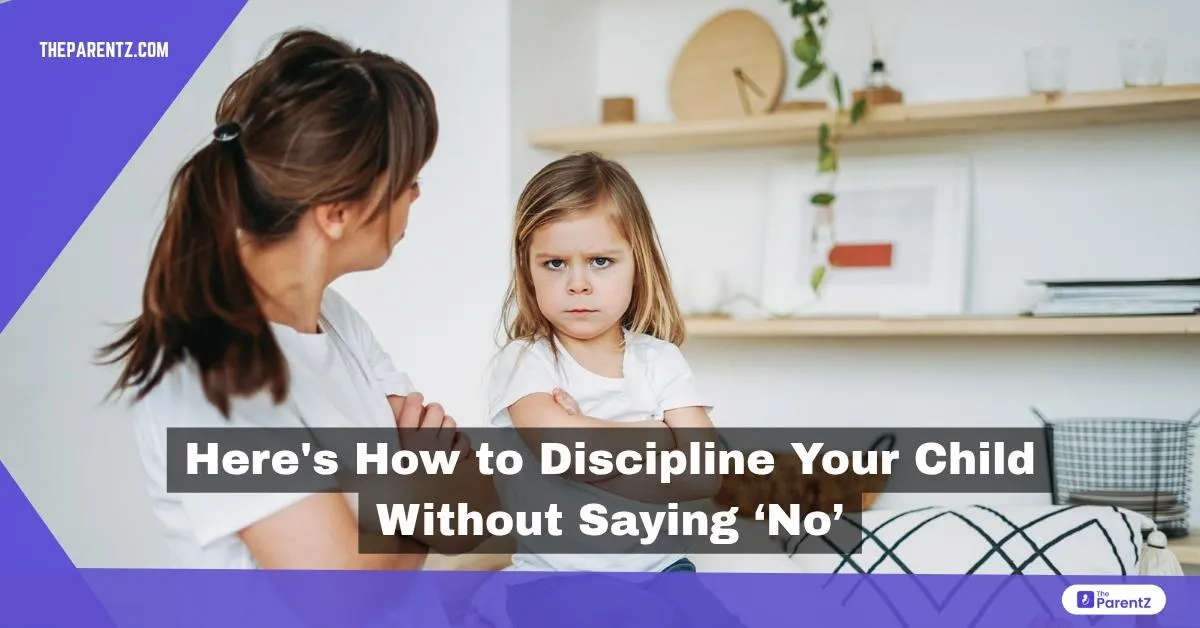Disciplining children is one of the most challenging parts of parenting. While it is important to set boundaries, constantly saying no can sometimes have the opposite effect.
Kids may become frustrated, stop listening, and even start ignoring the word altogether. So, instead of using direct refusals, parents can actually guide their children using positive discipline techniques.
Read below this article to find out how you can encourage good behavior while maintaining a warm and respectful connection between you and your child.
Offer Choices Instead of Saying ‘No’
The truth is— kids love feeling independent. So, by giving them options, you can make them more likely to cooperate. Instead of forbidding something outright, give two acceptable choices. This simple approach will allow them to feel in control while still following a rule.
Let’s say if a child wants to eat candy before dinner, instead of saying, ‘No, you can’t have candy,’ you can say, ‘You can have a fruit now, and we can save the candy for after dinner.’
Use Positive Language
Instead of telling kids what they can’t do, focus on what they can do. This will eventually shift their attention toward acceptable behaviors while also reducing frustration. If a child is jumping on the couch, rather than saying, ‘Don’t jump on the couch,’ try saying, ‘You can jump on the floor or on a soft play mat.’ This small yet effective approach helps children understand boundaries in a positive way.
Redirect Their Attention
If a child is engaged in an unwanted behavior, gently guiding their focus toward a different activity can be very effective. After all, distraction works well, especially for younger kids. If your toddler wants to touch something breakable, instead of asking, ‘No, don’t touch that,’ you can offer them a safe object to play with.
Explain the Reason Behind Rules
Kids are more likely to follow rules when they understand why they exist. So, instead of merely refusing a request, provide a simple explanation behind it. For example, instead of saying, ‘No, you can’t go outside, you can say, ‘It’s raining, and we might get sick if we go out now. Let’s play inside, and we can go outside later when the rain stops.’ This effective approach does wonders when it comes to helping children learn about consequences rather than just following orders.
Set Clear Expectations in Advance
Before entering a new situation, preparing your child with clear expectations can actually prevent many conflicts. If you are going to a store, you can tell them, ‘We are going to buy groceries, and we are not buying any toys today. You can help me choose some fruits instead.’ This way, they know what to expect and have fewer chances of feeling disappointed later on.
Final Thoughts
Discipline doesn’t always come with a no. By offering choices and redirecting attention, you can actually guide your kids toward better behavior in a way that is respectful. At the end, what is more important is to help your kids learn how to make better choices while feeling understood and supported rather than being restricted.








Be the first one to comment on this story.